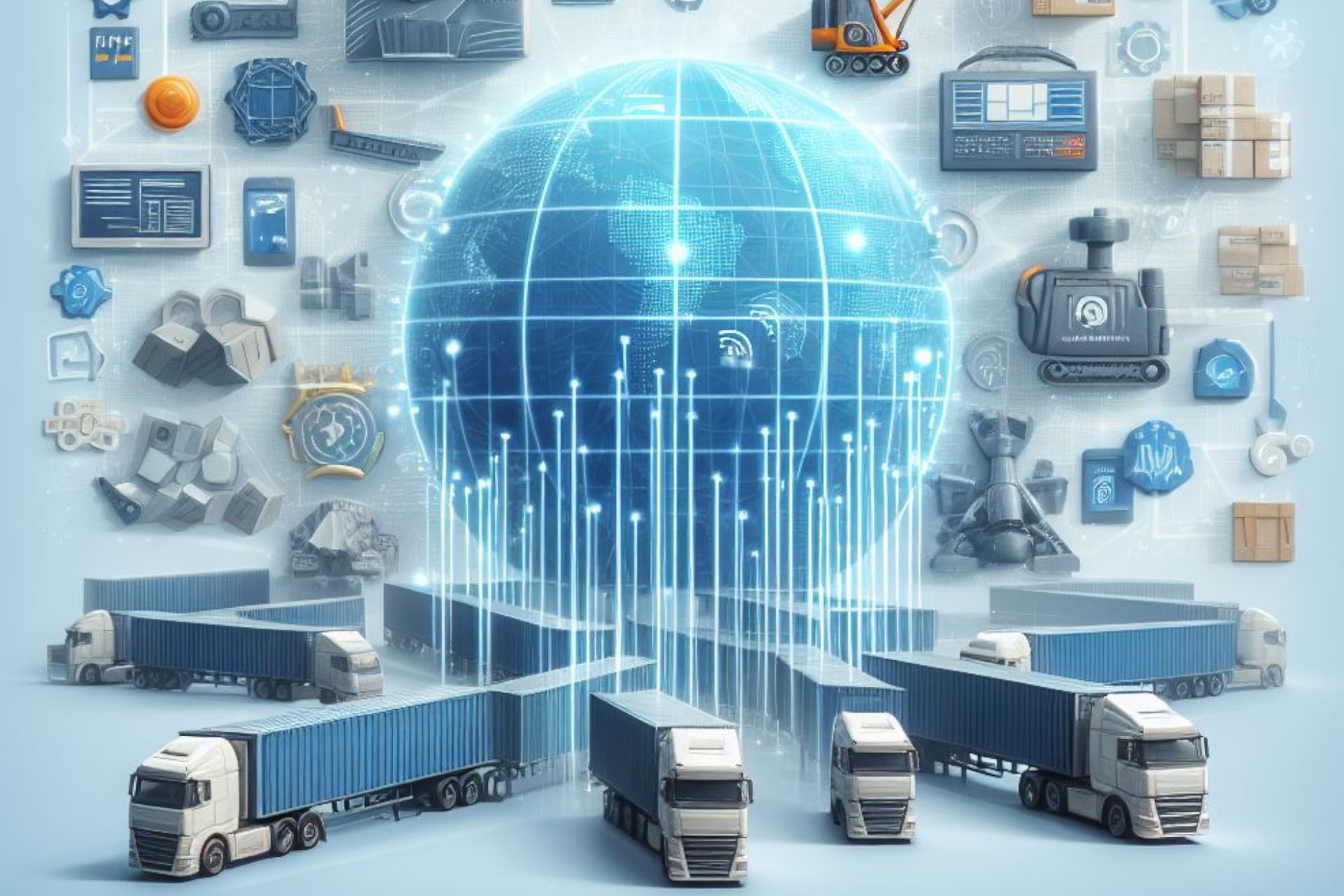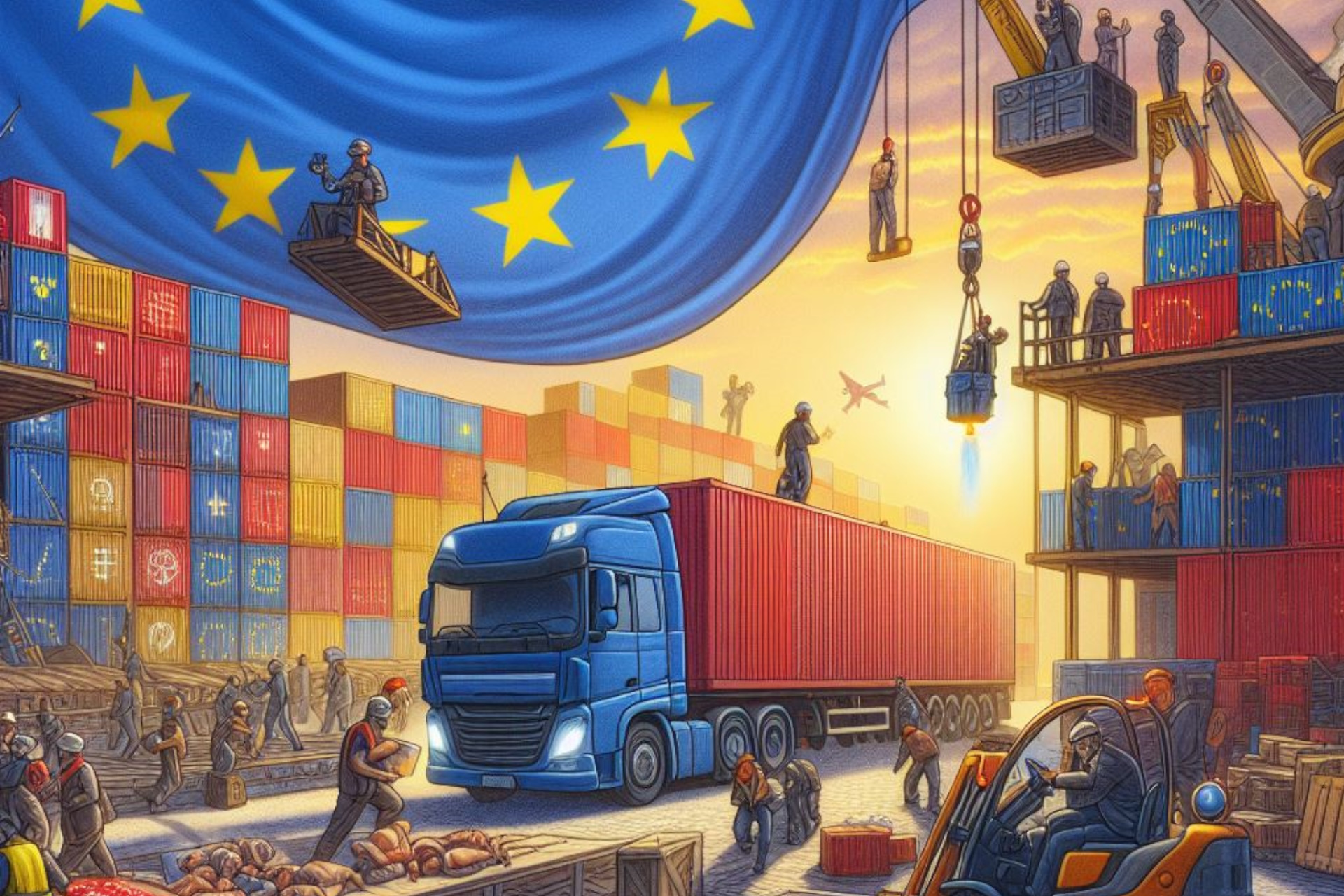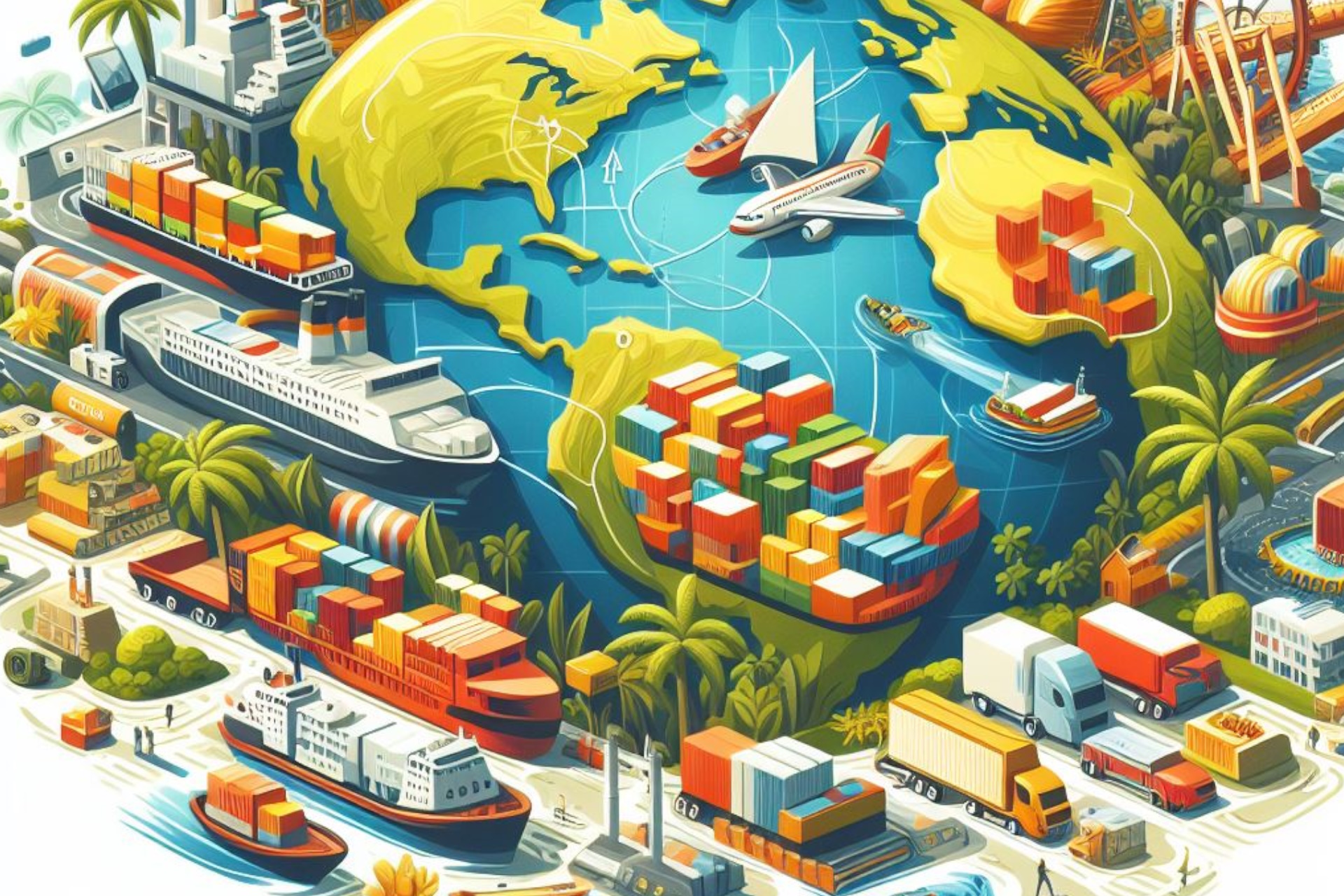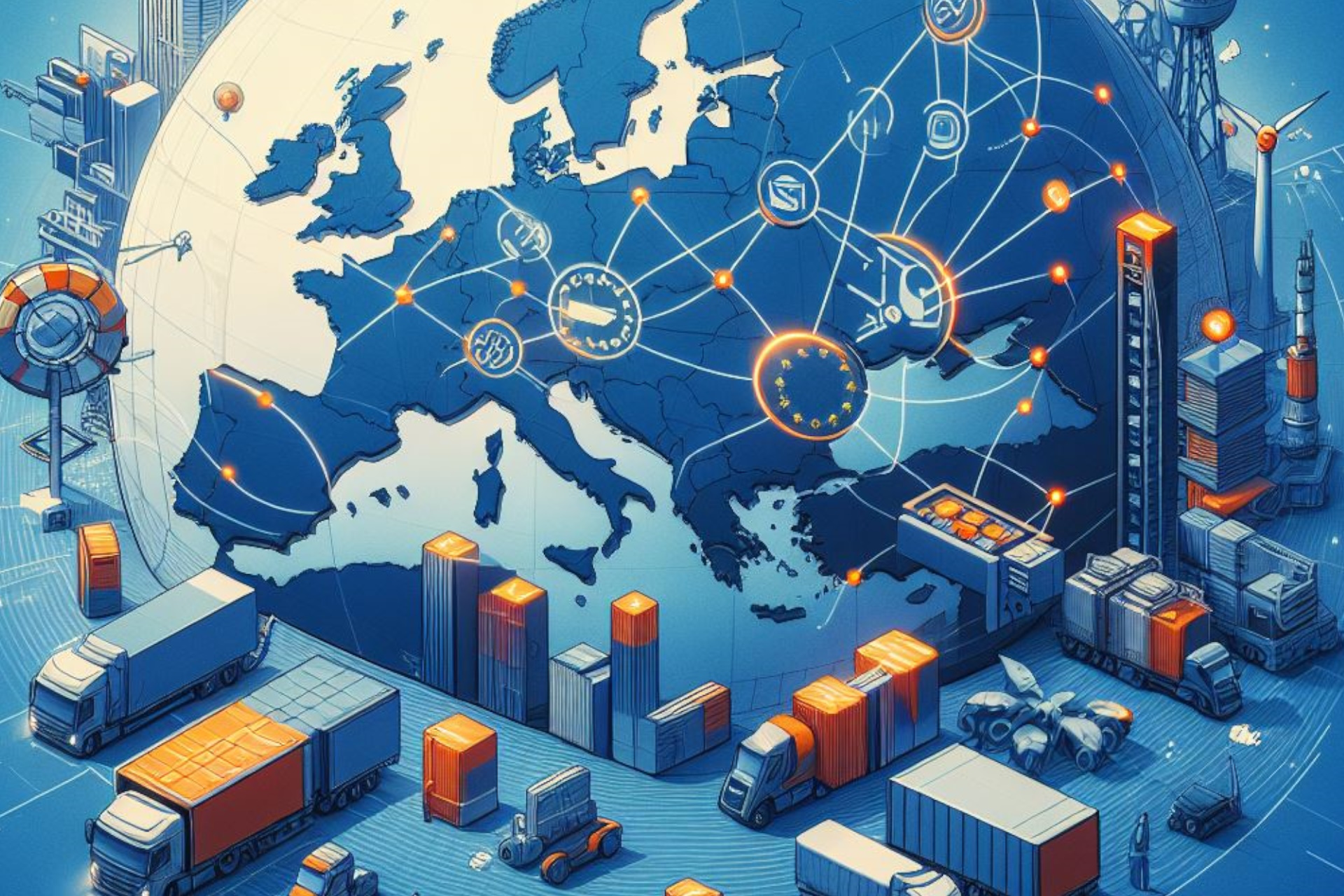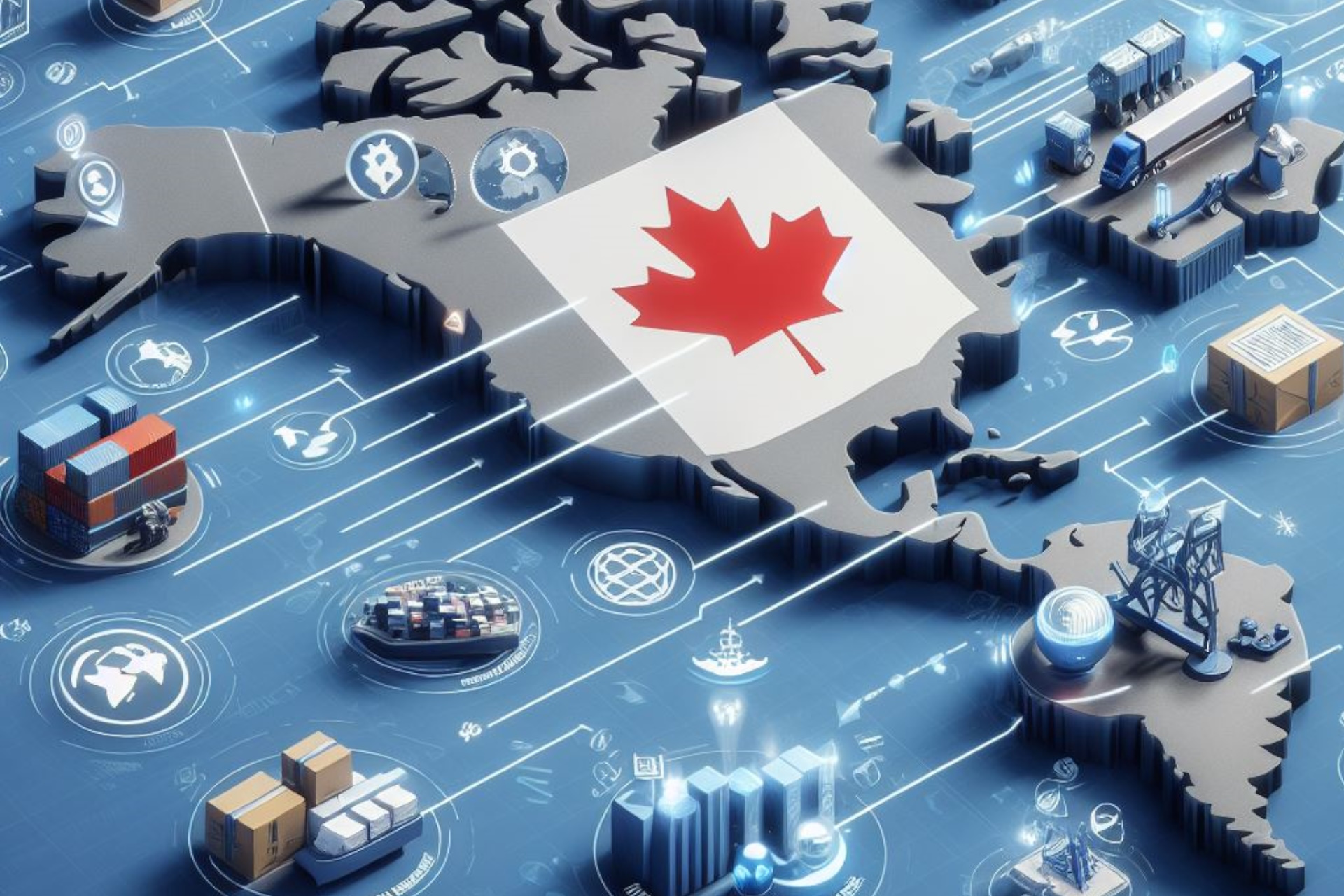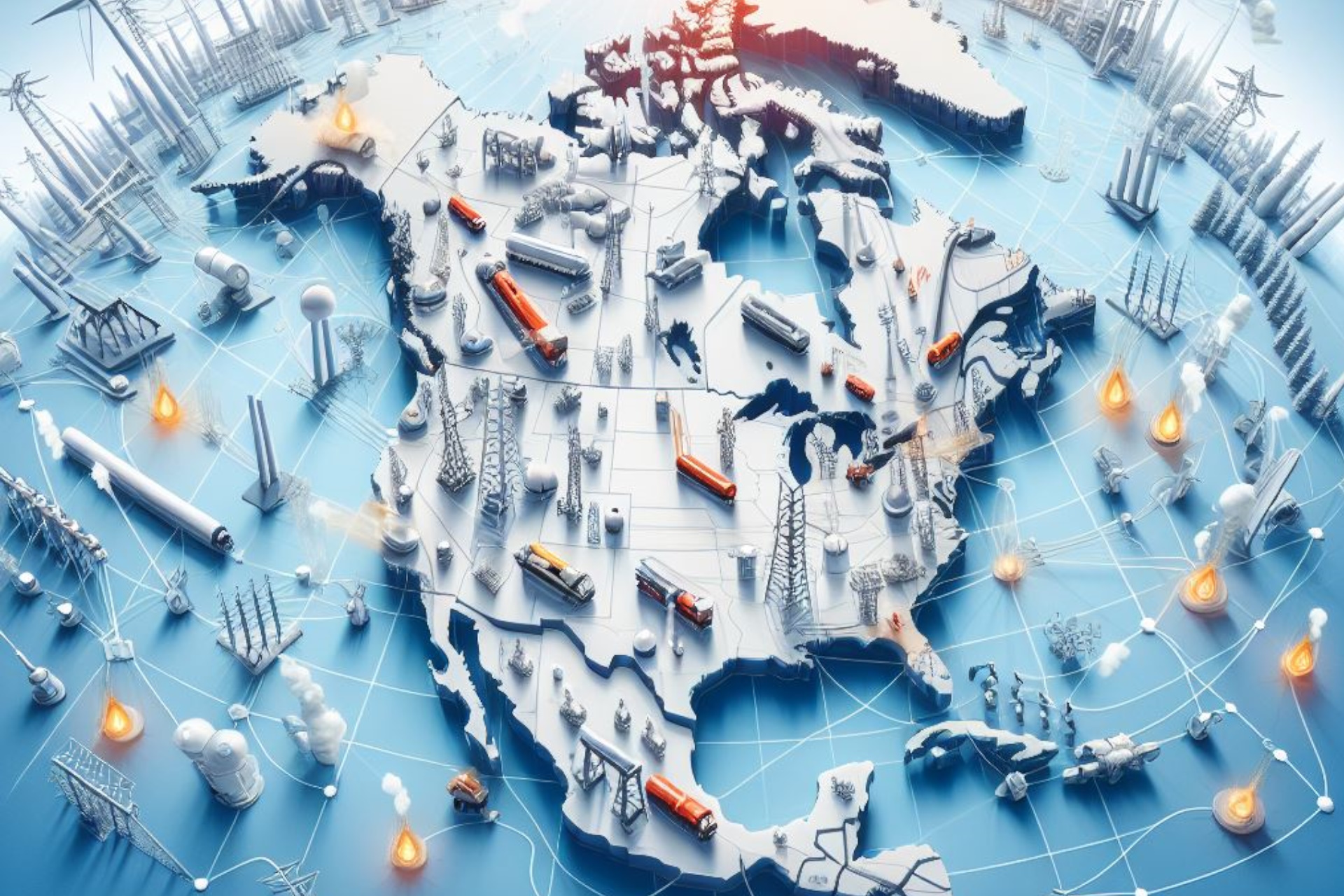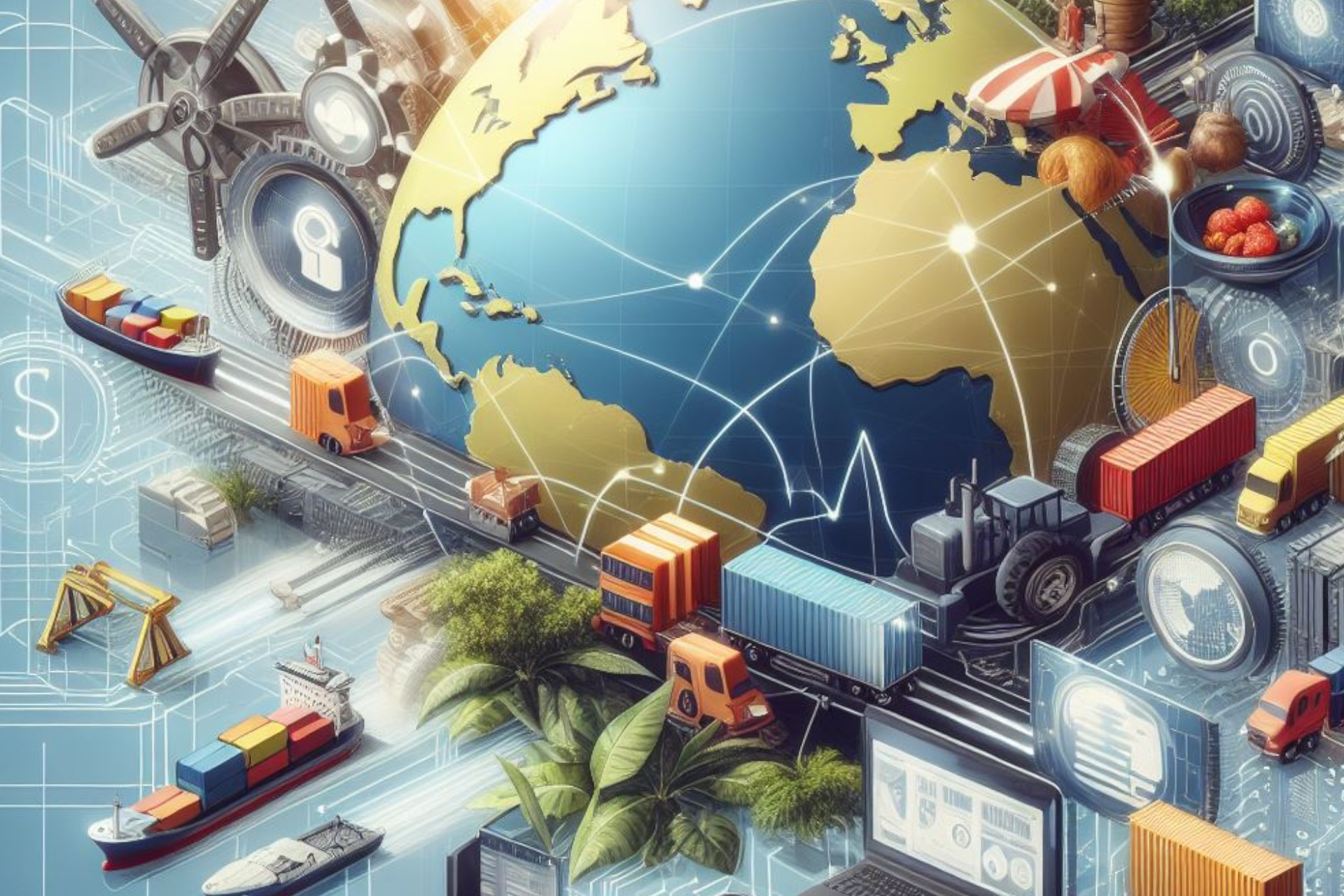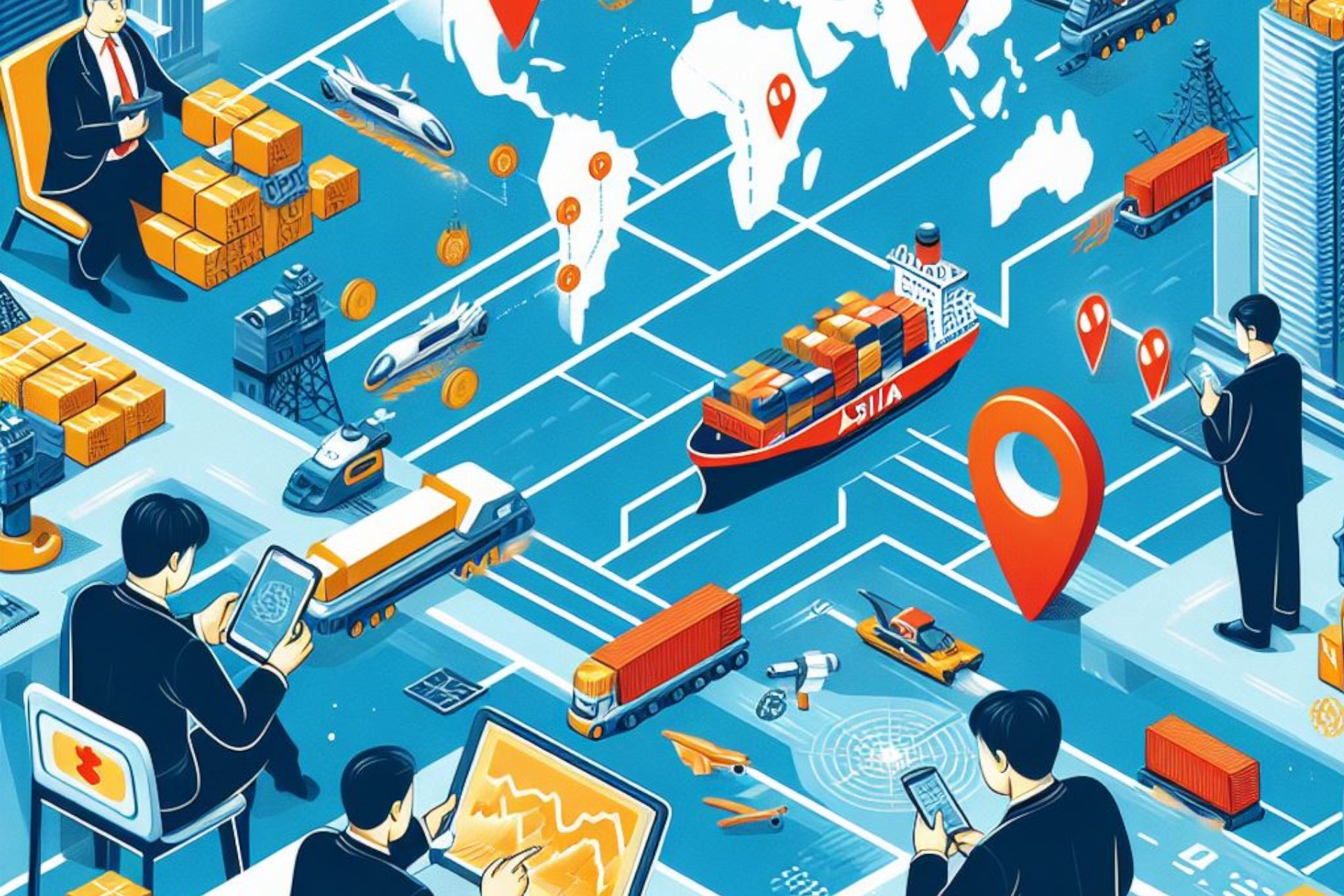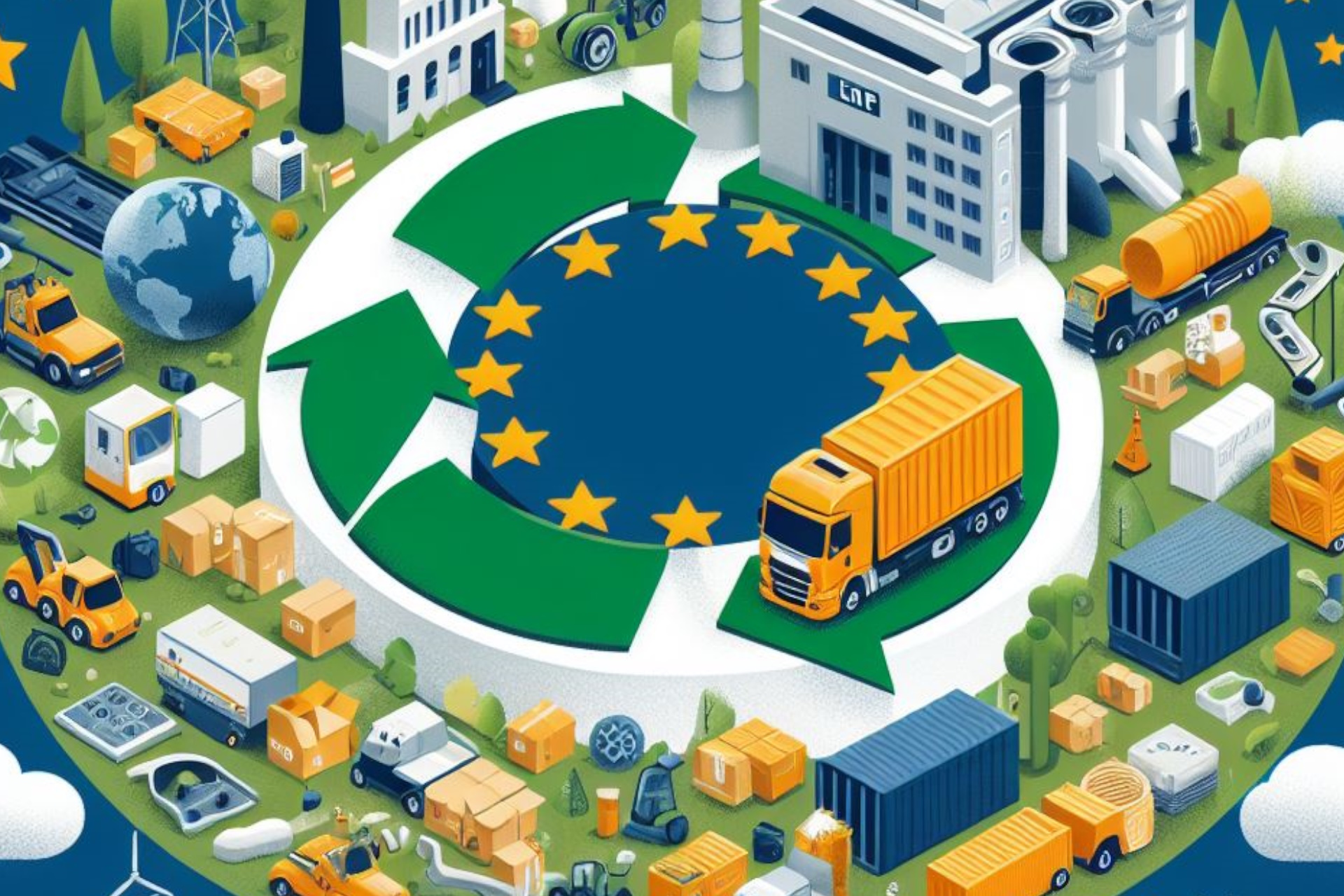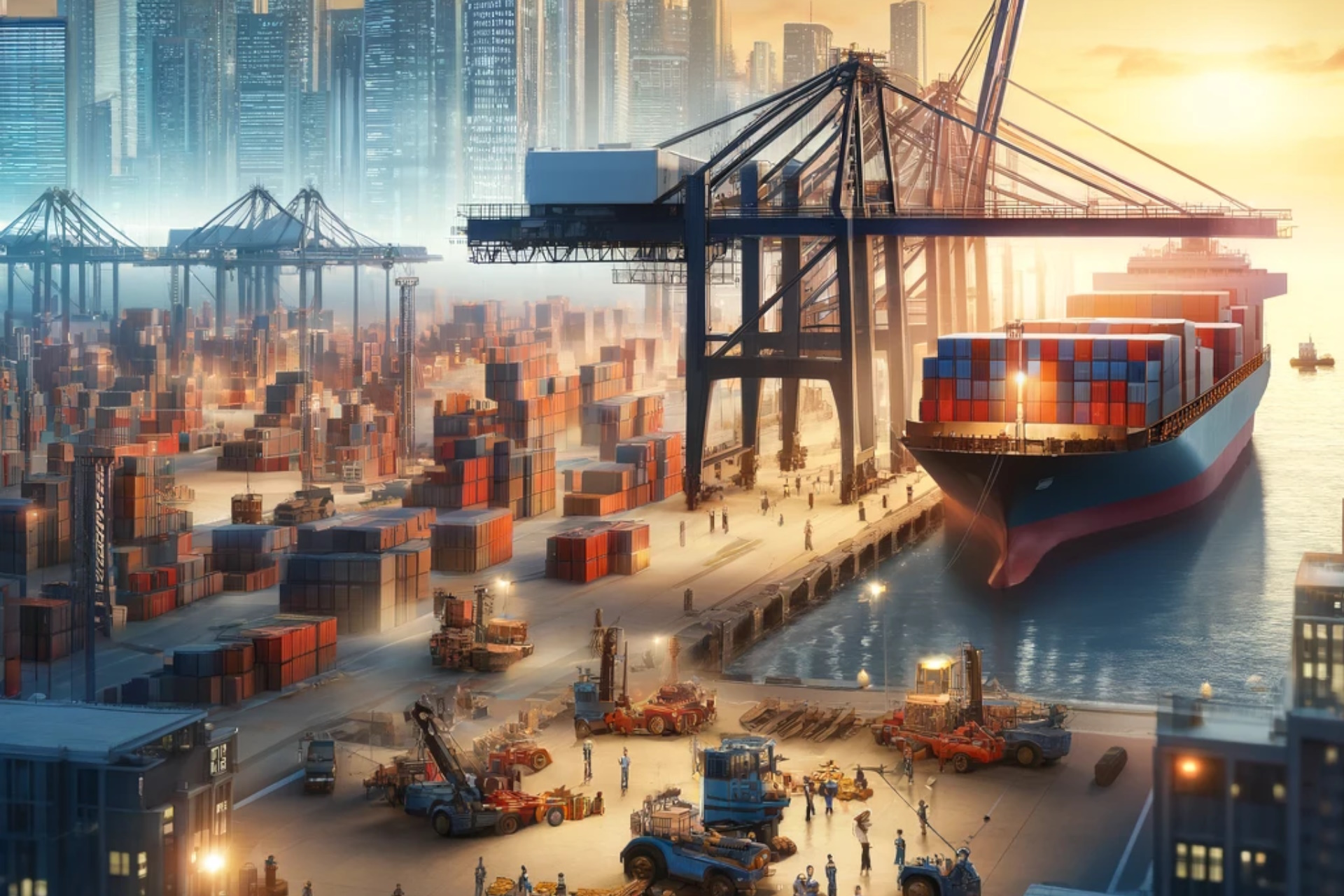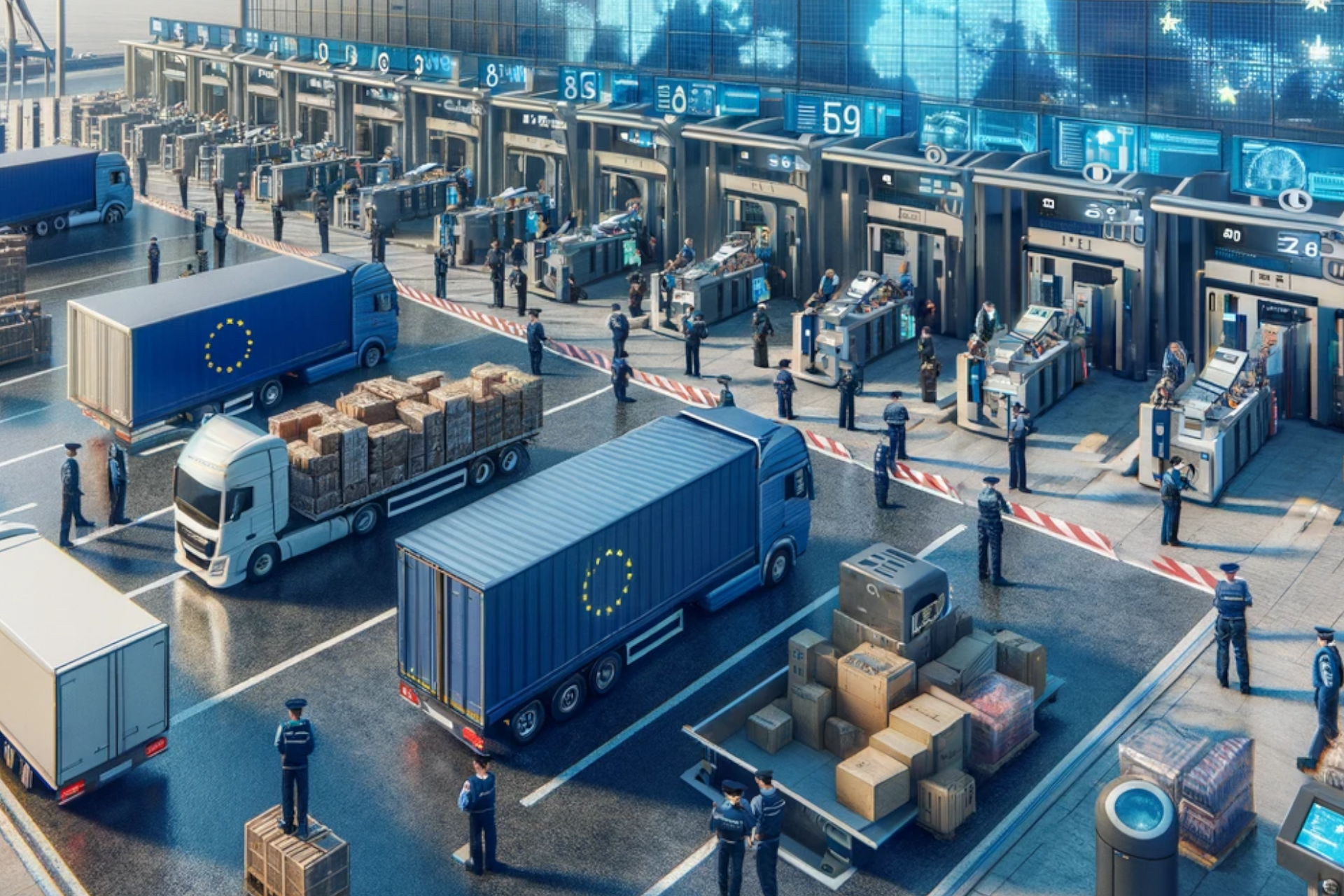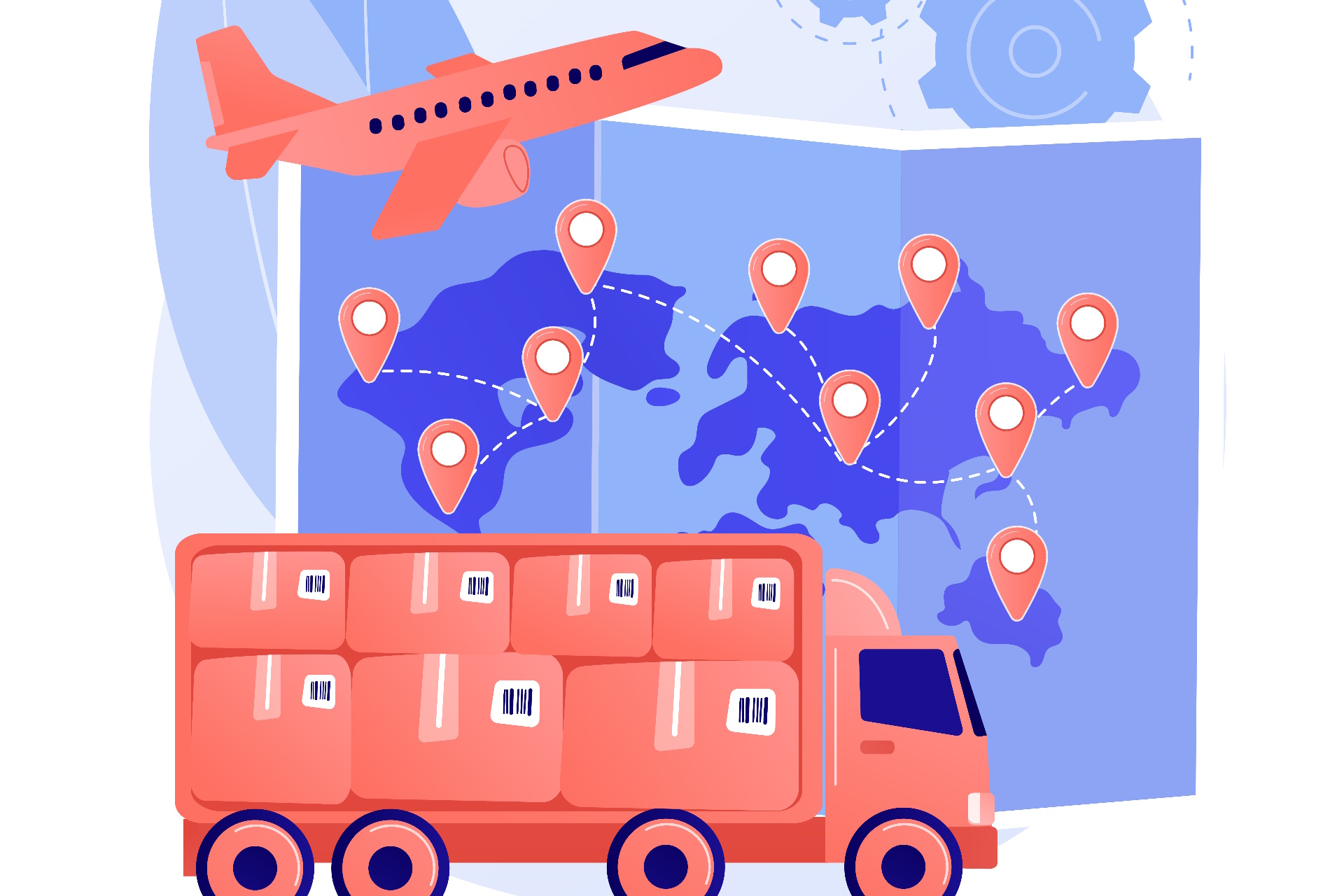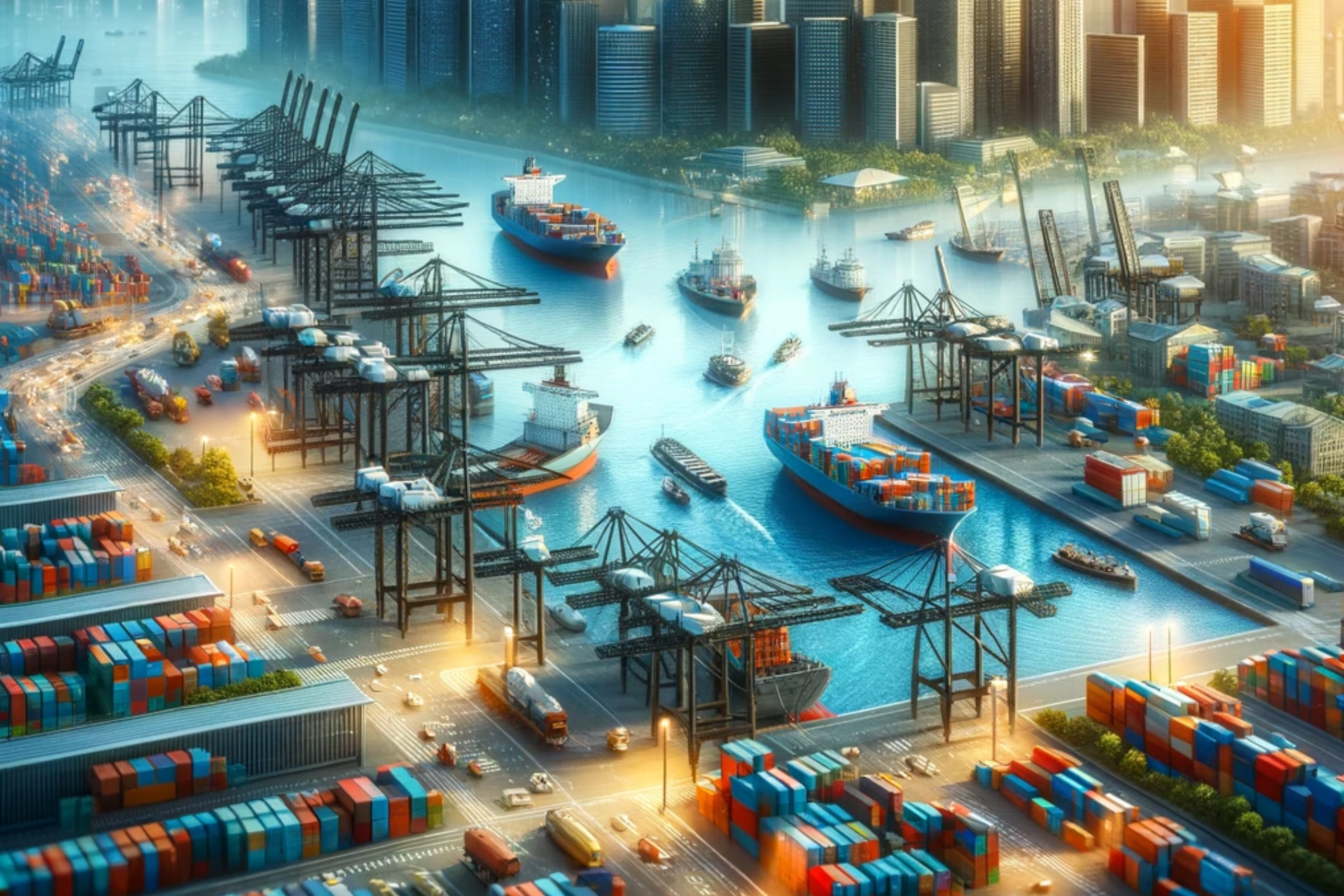E-commerce has revolutionized international trade by breaking down barriers and providing new opportunities for businesses. Cross-border online marketplaces have enabled SMEs to reach global customers, while virtual supply chains have streamlined the international trade process. Consumers benefit from a wider selection of products and the convenience of online shopping. However, challenges exist in terms of regulatory compliance and intellectual property protection. Despite these challenges, the impact of e-commerce on international trade is significant and poised to grow as technology advances.
The rise of e-commerce has revolutionized the way we buy and sell goods, and its impact extends far beyond national borders. In the realm of international trade, e-commerce has become a game-changer, providing new opportunities and challenges for businesses around the world. This article explores the profound impact of e-commerce on international trade, from the growth of cross-border online marketplaces to the transformation of supply chains.
One of the key drivers of e-commerce's impact on international trade is the borderless nature of online marketplaces. E-commerce platforms enable businesses to reach customers in different countries without the need for physical presence or traditional brick-and-mortar stores. This has opened up vast global markets for small and medium-sized enterprises (SMEs) that previously faced barriers to international trade. SMEs can now connect directly with customers worldwide, leveling the playing field and fostering global entrepreneurship.
Cross-border e-commerce has also facilitated the globalization of supply chains. With the ease of online transactions and digital payment systems, businesses can source raw materials and components from different countries, assemble products in one location, and distribute them globally. This has led to the emergence of virtual supply chains that are agile, efficient, and cost-effective. By leveraging e-commerce platforms, businesses can tap into a global network of suppliers, manufacturers, and distributors, streamlining the international trade process.
Moreover, e-commerce has enabled consumers to access a wide range of products from around the world, expanding their choices and driving demand for international trade. Online marketplaces offer consumers the convenience of shopping from the comfort of their homes and the ability to compare prices and reviews across borders. This has fueled cross-border consumerism, with consumers seeking unique and niche products that may not be readily available in their local markets. The accessibility of e-commerce has also empowered consumers to engage in direct trade with foreign sellers, bypassing traditional intermediaries and reducing costs.
However, e-commerce also presents challenges in the realm of international trade. One significant challenge is navigating the complex web of regulations and customs procedures across different countries. Each country has its own rules and requirements for cross-border trade, including taxation, import duties, and product safety standards. Businesses must invest in understanding and complying with these regulations to ensure smooth international transactions.
Another challenge is the protection of intellectual property rights in the digital realm. E-commerce platforms have made it easier for counterfeiters to infringe upon trademarks and copyrights, undermining the value of genuine products and eroding consumer trust. Efforts are being made to strengthen intellectual property protection and establish mechanisms to combat counterfeiting in the e-commerce space.
E-commerce has had a profound impact on international trade, reshaping the way businesses engage in cross-border transactions. It has provided SMEs with unprecedented access to global markets, transformed supply chains, and empowered consumers with a wider range of choices. While challenges exist in terms of regulatory compliance and intellectual property protection, the benefits of e-commerce in international trade are undeniable. As technology continues to advance and connectivity improves, e-commerce will continue to play a pivotal role in driving global commerce.
Related Information
